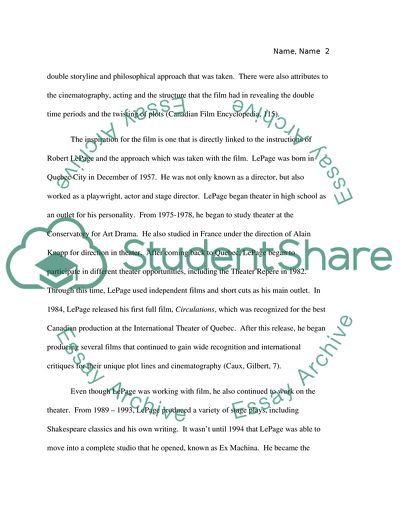Cite this document
(The Concept of Le Confessional Research Paper Example | Topics and Well Written Essays - 3750 words - 1, n.d.)
The Concept of Le Confessional Research Paper Example | Topics and Well Written Essays - 3750 words - 1. Retrieved from https://studentshare.org/visual-arts-film-studies/1748562-le-confessionnal-research-paper
The Concept of Le Confessional Research Paper Example | Topics and Well Written Essays - 3750 words - 1. Retrieved from https://studentshare.org/visual-arts-film-studies/1748562-le-confessionnal-research-paper
(The Concept of Le Confessional Research Paper Example | Topics and Well Written Essays - 3750 Words - 1)
The Concept of Le Confessional Research Paper Example | Topics and Well Written Essays - 3750 Words - 1. https://studentshare.org/visual-arts-film-studies/1748562-le-confessionnal-research-paper.
The Concept of Le Confessional Research Paper Example | Topics and Well Written Essays - 3750 Words - 1. https://studentshare.org/visual-arts-film-studies/1748562-le-confessionnal-research-paper.
“The Concept of Le Confessional Research Paper Example | Topics and Well Written Essays - 3750 Words - 1”, n.d. https://studentshare.org/visual-arts-film-studies/1748562-le-confessionnal-research-paper.


